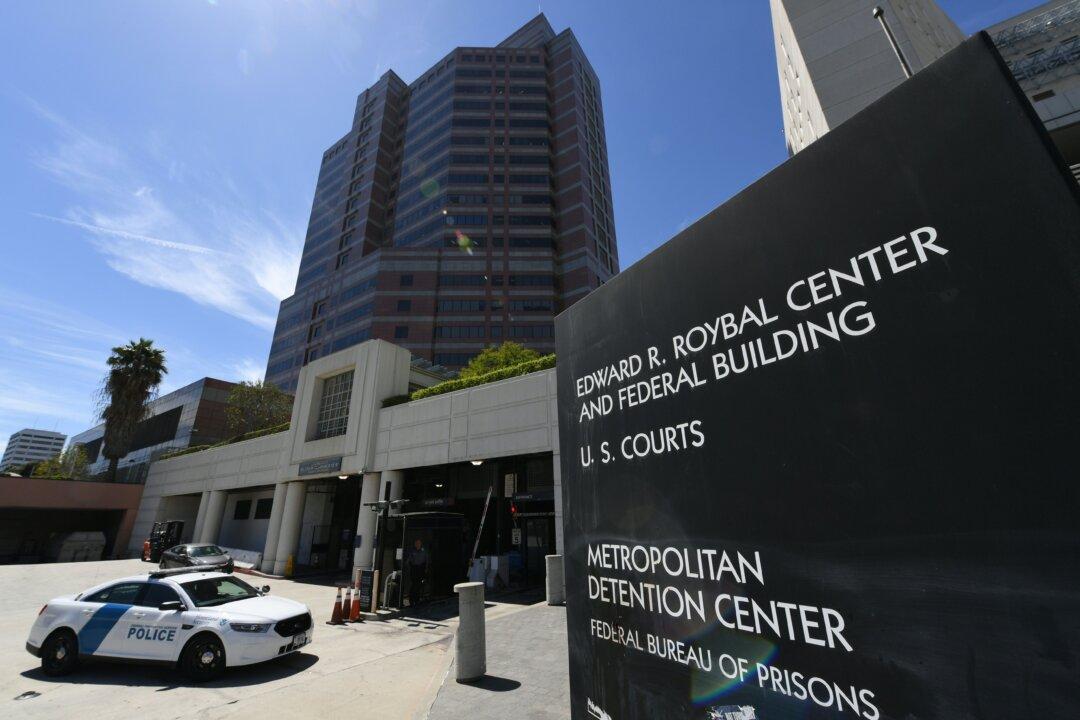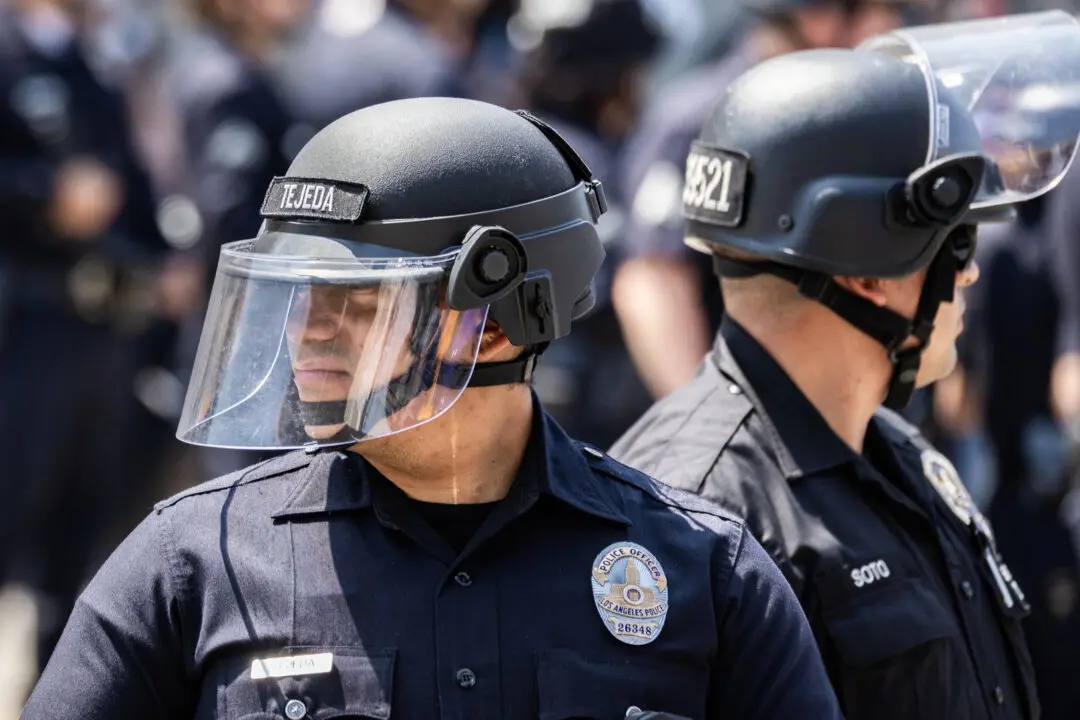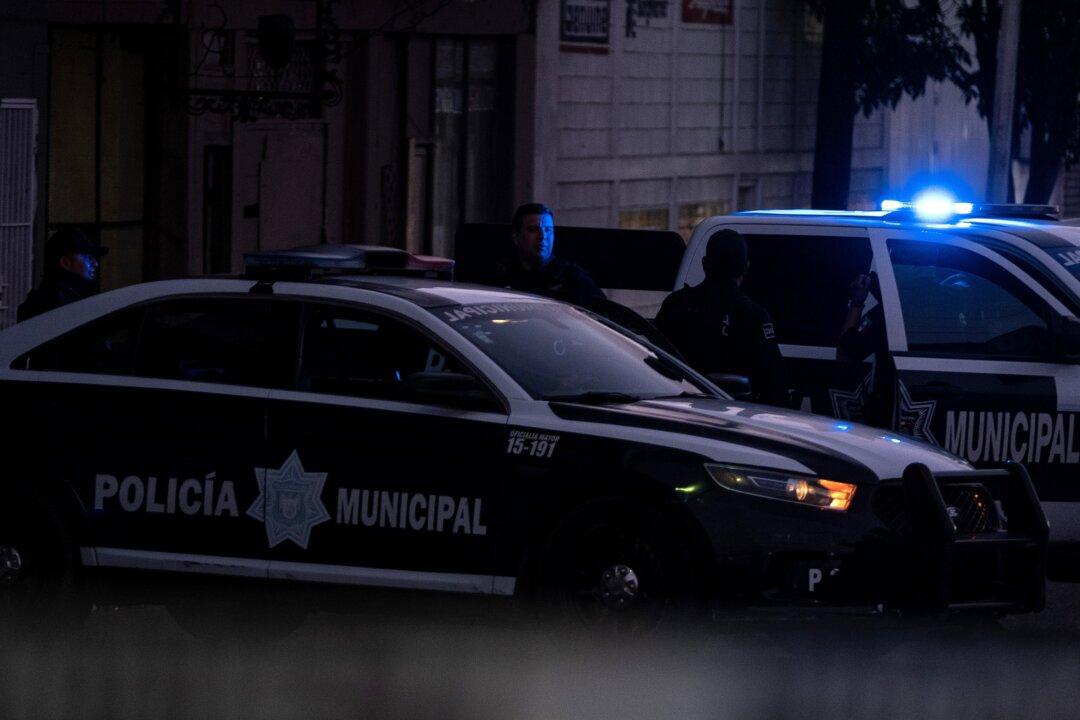LOS ANGELES—A Palmdale man was found guilty June 21 of illegally importing a 2,000-pound ancient mosaic depicting the Roman god Hercules dating from the era of the Roman Empire by using fraudulent documents in hopes of avoiding import duties.
Yassin Alcharihi, 56, was convicted of one federal count of entry of falsely classified goods.





